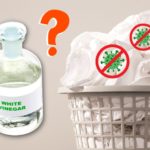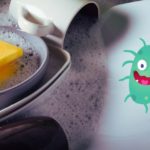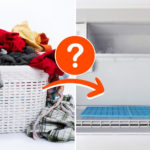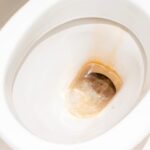Although not visible to the human eye, a microscopic universe of bacteria lives inside your toilet.
But what bacteria is found in the toilet? How long does toilet bacteria live on surfaces? And is bathroom bacteria harmful to your health?
This article explores the unseen world of toilet bacteria, with eight intriguing facts that shed light on these microorganisms.
From the type and number of toilet bacteria to practical tips for maintaining a cleaner environment, join us as we discover the microbial mysteries that occur in one of the most frequented corners of our homes.
1. Toilet Bacteria Are Extremely Diverse

Toilet bowls host various bacteria, including both harmless and potentially harmful species. One of the most common types of bacteria in the toilet bowl is Escherichia coli, a faecal bacteria better known as E. coli.
Most kinds of E. coli are harmless, but some can cause diarrhoea and UTIs. Salmonella and Staphylococcus Aureus are two other main culprits.
Other types of bacteria found in washrooms include Enterococcus and various strains of bacteria from the Clostridium genus, such as the potentially life-threatening Clostridium difficile. Alongside bacteria, viruses and fungi can be found in bathrooms and washrooms, too.
2. Flushing With the Lid Closed is Crucial
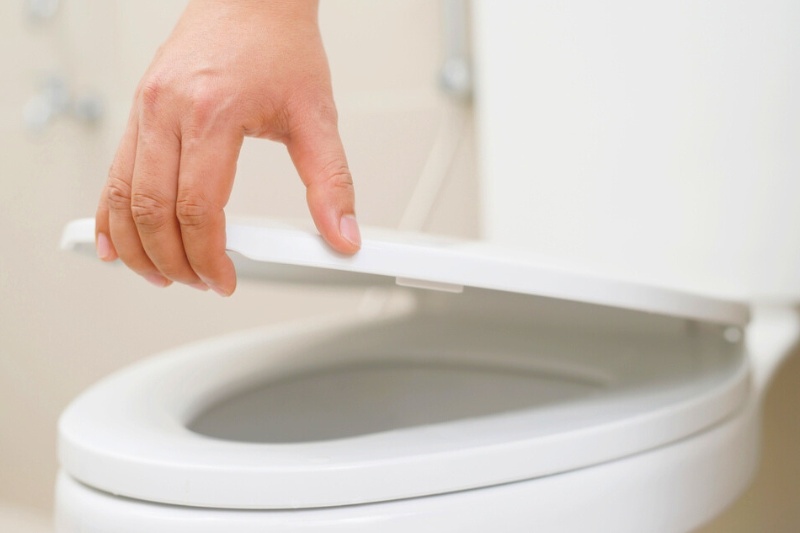
Bacteria found in the toilet can easily become airborne during flushing, either travelling in microdroplets of water or as small pieces of faeces released into the air.
Therefore, it’s easy for bacteria to spread to other surfaces in your bathroom. This can make your home a more unhygienic place and potentially spread disease.
To limit the spread of toilet bacteria, it’s crucial to always flush the toilet with the lid closed. This helps to keep the dirty toilet water inside the bowl.
In fact, research has found that flushing with the lid down may reduce airborne particles by up to 50%.
3. Toilet Bacteria Can Form a Biofilm
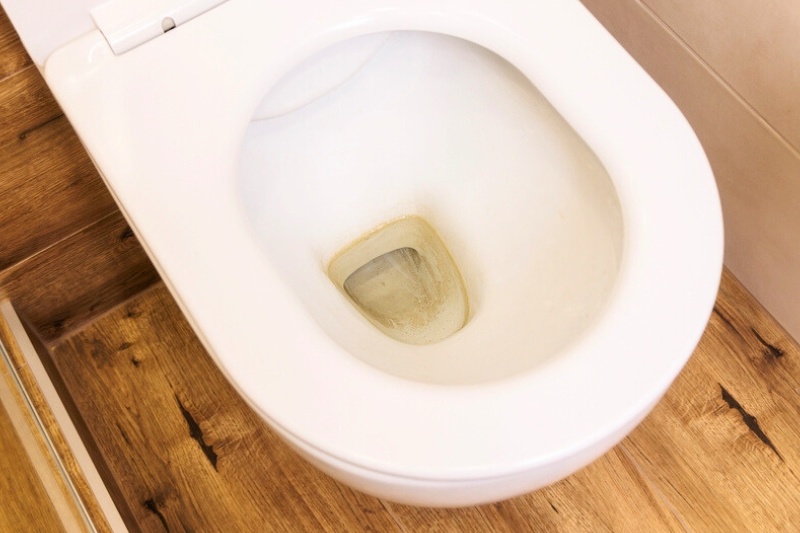
Toilet bacteria can attach to the surface of the toilet bowl and form something called a biofilm. Biofilms are slimy layers of microbial communities that can stain your toilet.
They come in various colours, ranging from pink to black, red, and brown toilet stains. This depends on the type of bacteria that have colonised your toilet bowl.
Once surrounded by a biofilm, the bacteria in your toilet become harder to kill. The slimy layer helps to protect them from whatever cleaning products you’re using.
This is one of the reasons why it’s crucial to clean your toilet regularly to remove germs and bacteria before a biofilm is produced.
4. Bacteria Can Make Your Toilet Smell
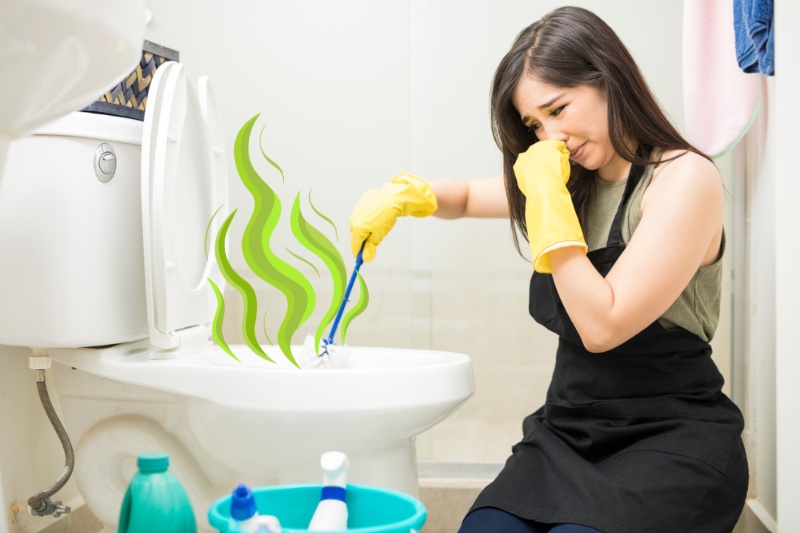
Not only are bacteria unhygienic, but they can also be the reason your toilet smells bad. In small amounts, bacteria won’t cause unpleasant odours.
However, if left untreated, the toilet bacteria begin to multiply. Chemicals that smell like rotten eggs are released into the air during this process, leading to an unpleasant smell in your bathroom.
Cleaning your toilet with strong toilet cleaning products to remove the bacteria keeps nasty smells at bay. Make sure you clean all areas of the toilet.
The bowl is the main bacterial breeding ground, but you must clean the seat, under the toilet rim, and around the base to ensure your loo is germ-free.
5. Toilet Bacteria Can Survive for Several Hours
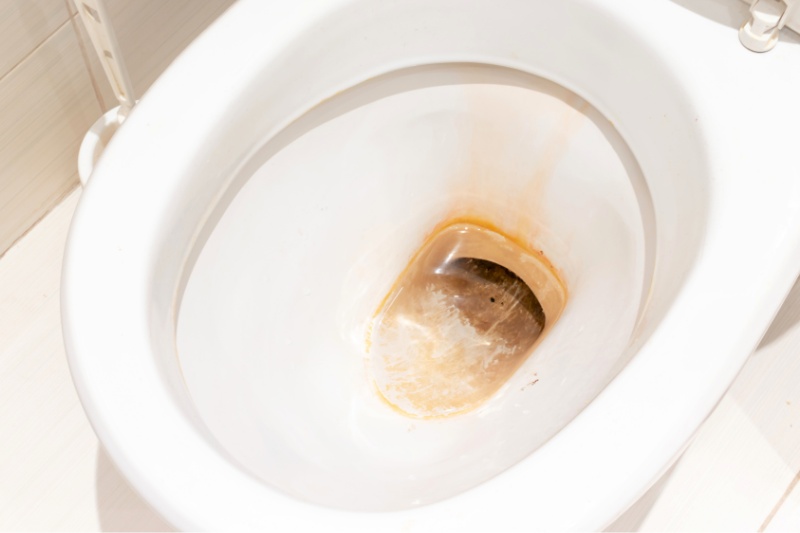
Bacteria can’t survive outside of the body forever. However, toilet bacteria such as E. coli and Salmonella can live on hard surfaces – such as your toilet – for as long as four hours. Other bacteria might survive longer for up to 24 hours or more.
While this doesn’t sound like a particularly long time, bacteria are among the fastest-reproducing organisms in the world.
For example, E.coli bacteria reproduce every 20 minutes in nutrient-rich conditions like your loo, and bacteria multiply exponentially. This means that if you’re not careful, one bacterium can quickly become millions.
6. Toilet Bowls Contain Millions of Bacteria
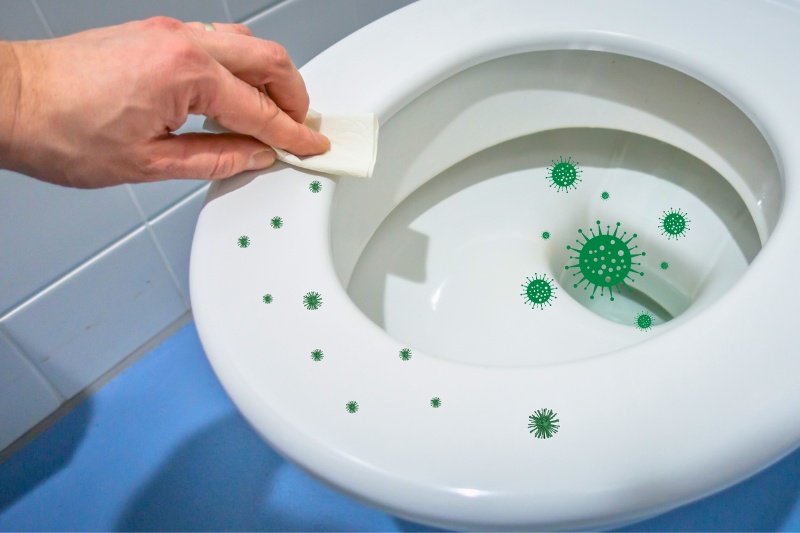
The number of bacteria found in toilets depends on the frequency and effectiveness of cleaning.
Unsurprisingly, the bowl of the toilet is the dirtiest part. On average, toilet bowls harbour 3.2 million bacteria per square inch. This includes the germs that have adhered to the bowl’s surface and those found in the dirty toilet water.
The toilet bowl isn’t the only place where bacteria lurk, though. The average flush handle has 83 bacteria per square inch, and the toilet seat has more than 295 bacteria per square inch.
This highlights the importance of cleaning all parts of your toilet with bleach or toilet cleaner.
7. You Can Kill Toilet Bacteria with the Right Products
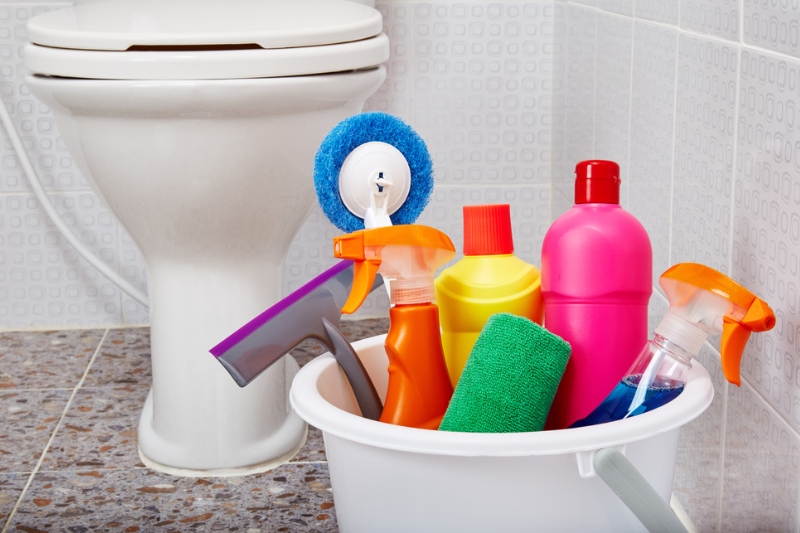
You can effectively reduce and kill bacteria in toilet bowls through regular cleaning. Clean the toilet bowl weekly using a toilet brush and a toilet cleaner.
Ensure you thoroughly scrub the bowl, focusing on areas with stains and under the rim. Pouring bleach into the toilet and allowing it to sit for a few minutes before scrubbing can also help with sanitisation.
Remember, bacteria are also easily spread from the toilet bowl to other surfaces, including the toilet seat, flusher, lid, and more.
Use disinfectants on these surfaces to remove germs and leave your entire toilet hygienic and bacteria-free.
8. Beware of the Toilet Brush
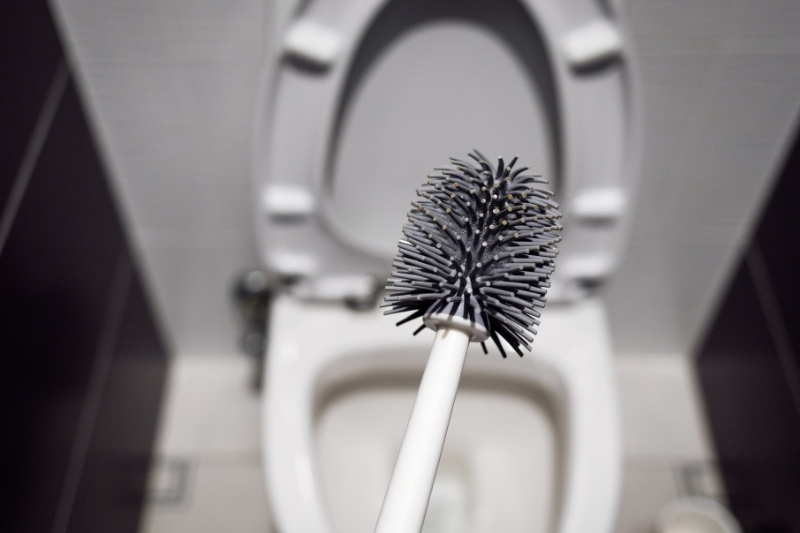
Toilet brushes are a must-have cleaning tool for tackling dirty toilets. However, they come into direct contact with the surfaces of the toilet bowl during cleaning.
Therefore, bacteria from the toilet bowl can adhere to the bristles of the brush. If the brush is not cleaned and stored properly, it too can become a breeding ground for bacteria.
To reduce the risk of bacterial contamination, thoroughly rinse the toilet brush in the toilet bowl and disinfect it periodically by soaking it in bleach.
If the toilet brush is showing signs of wear or has become particularly soiled, consider replacing it with a new one.
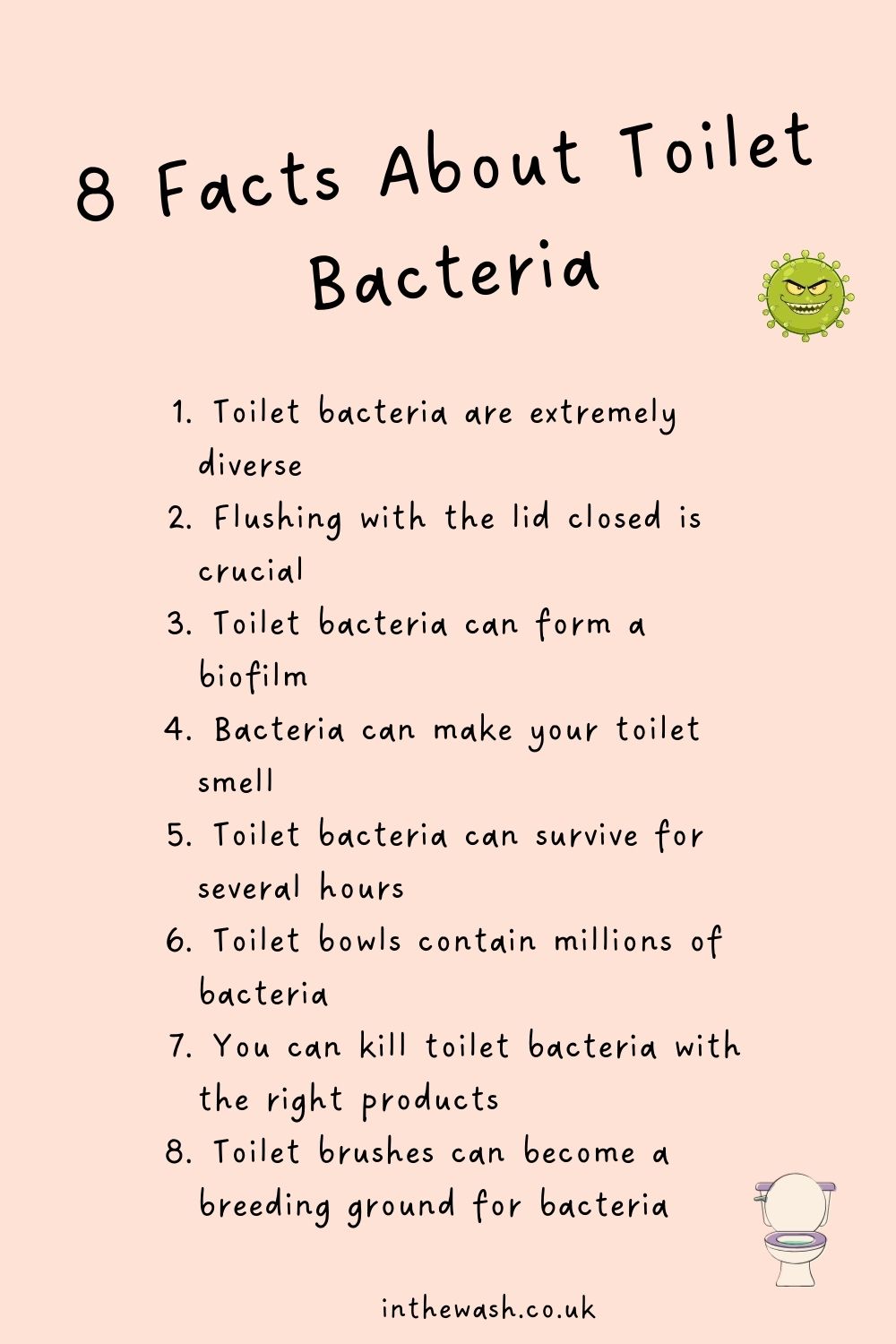

Hannah has a passion for cleaning. She worked her way around Australia by cleaning hostels in exchange for free accommodation and used her cleaning skills to bag a job as a chalet host for a luxury ski company in France.


